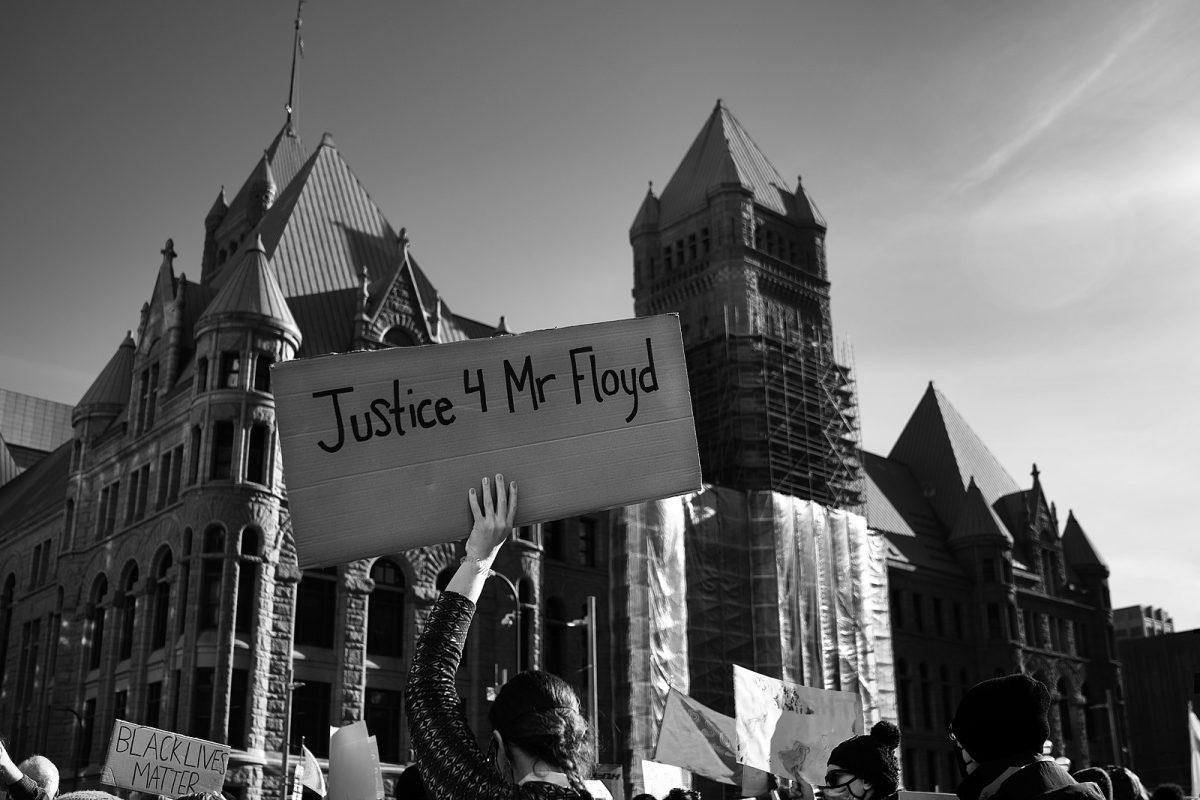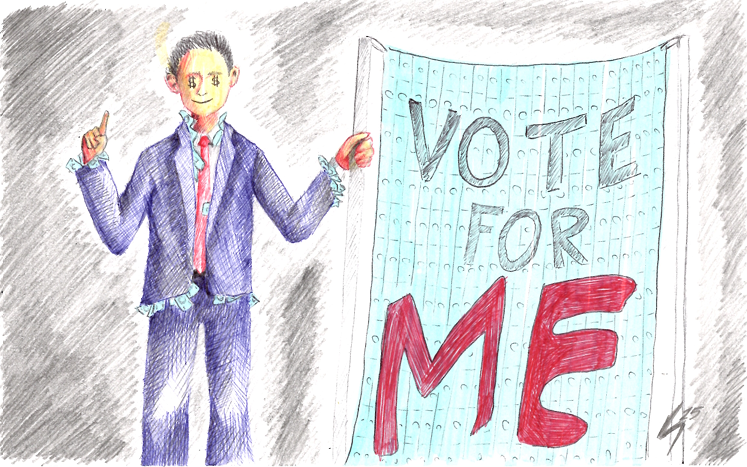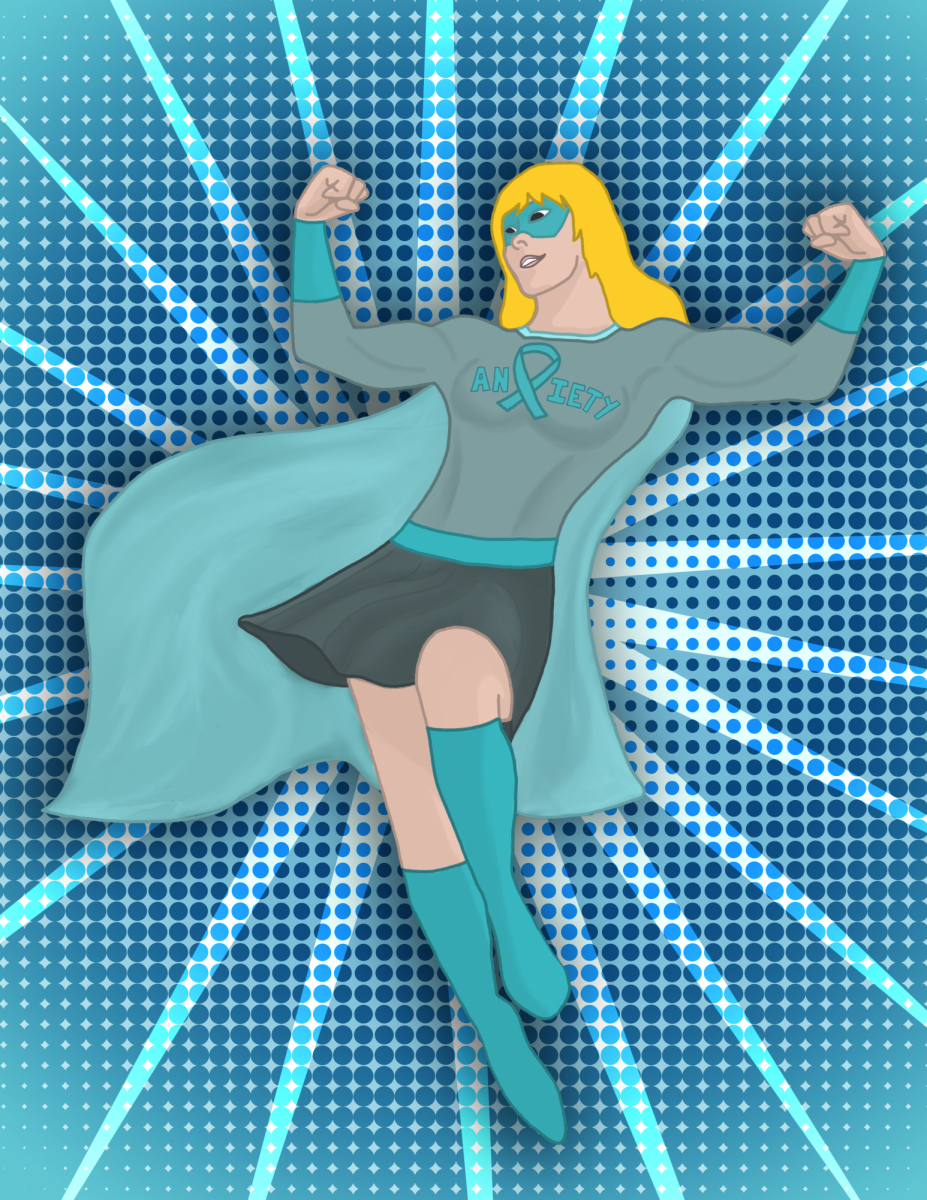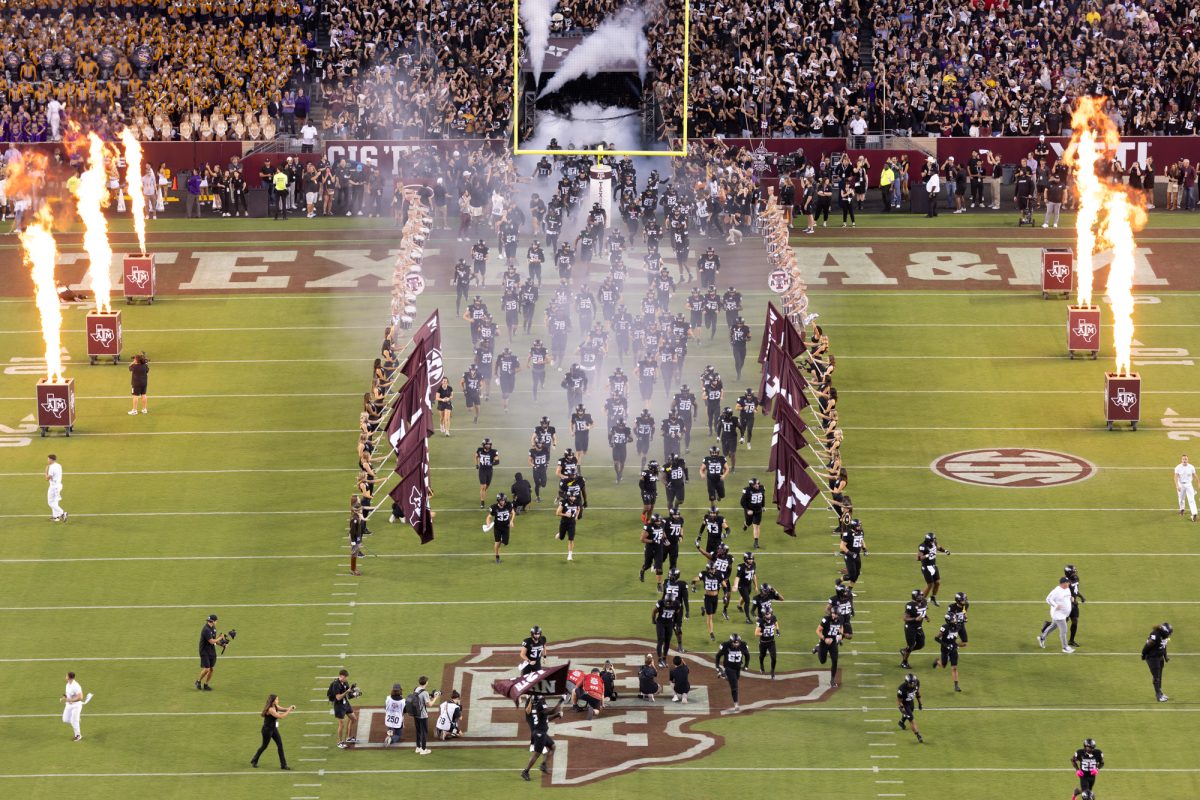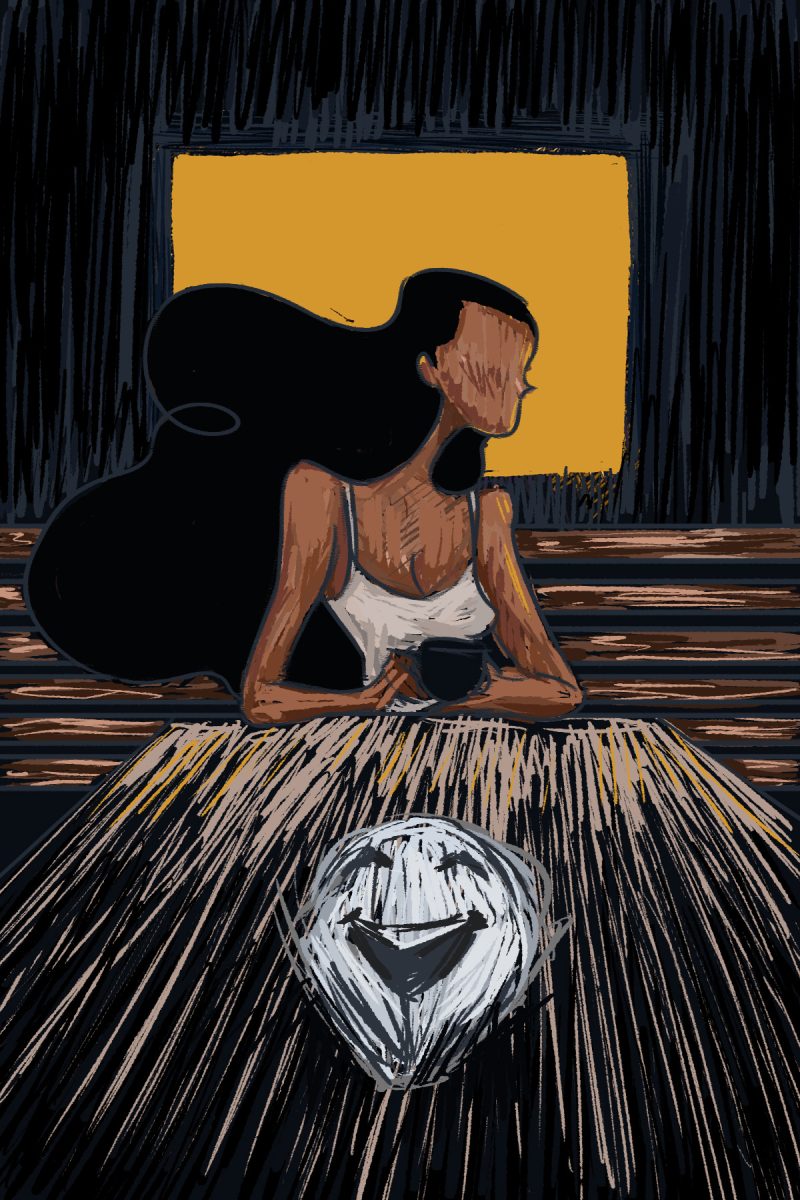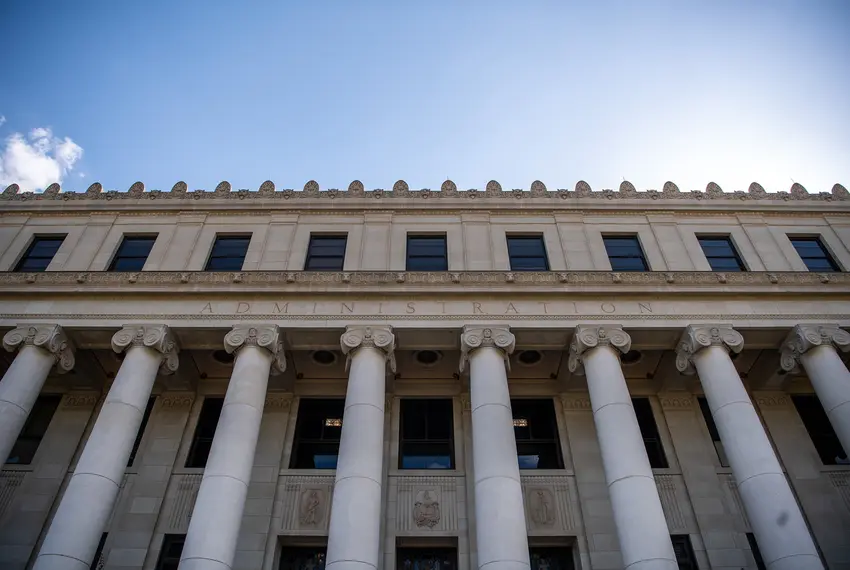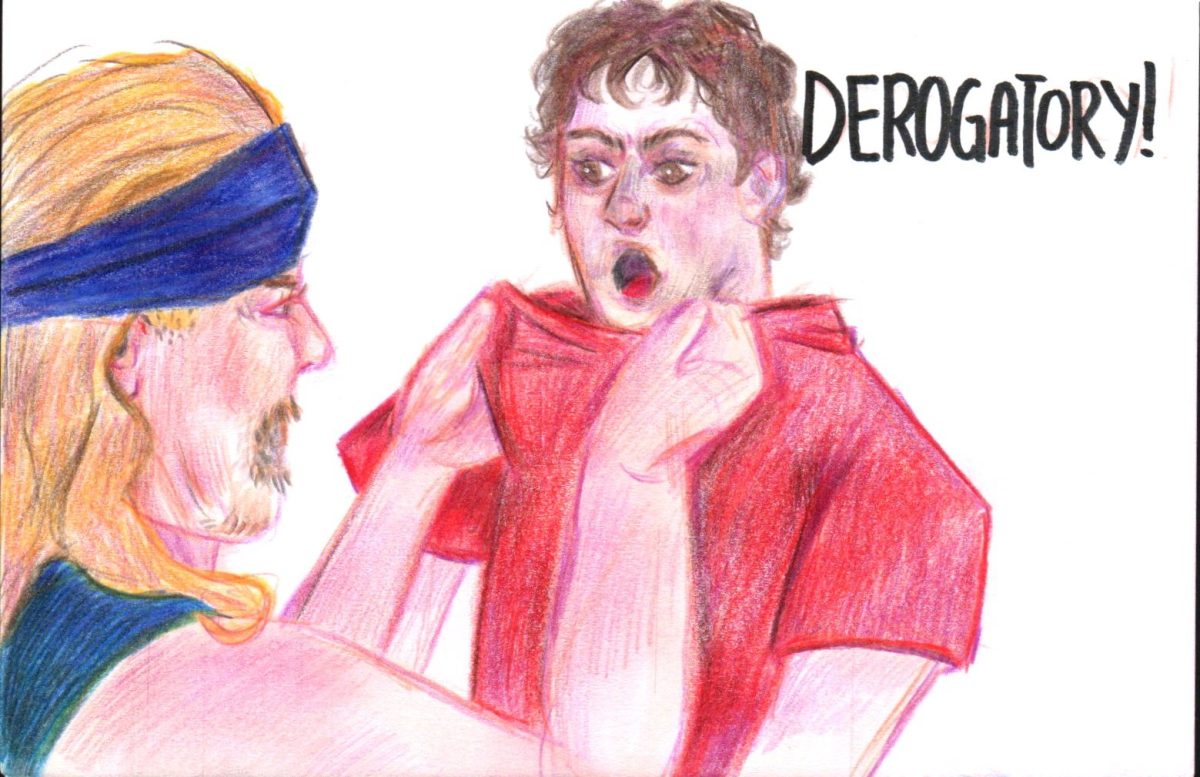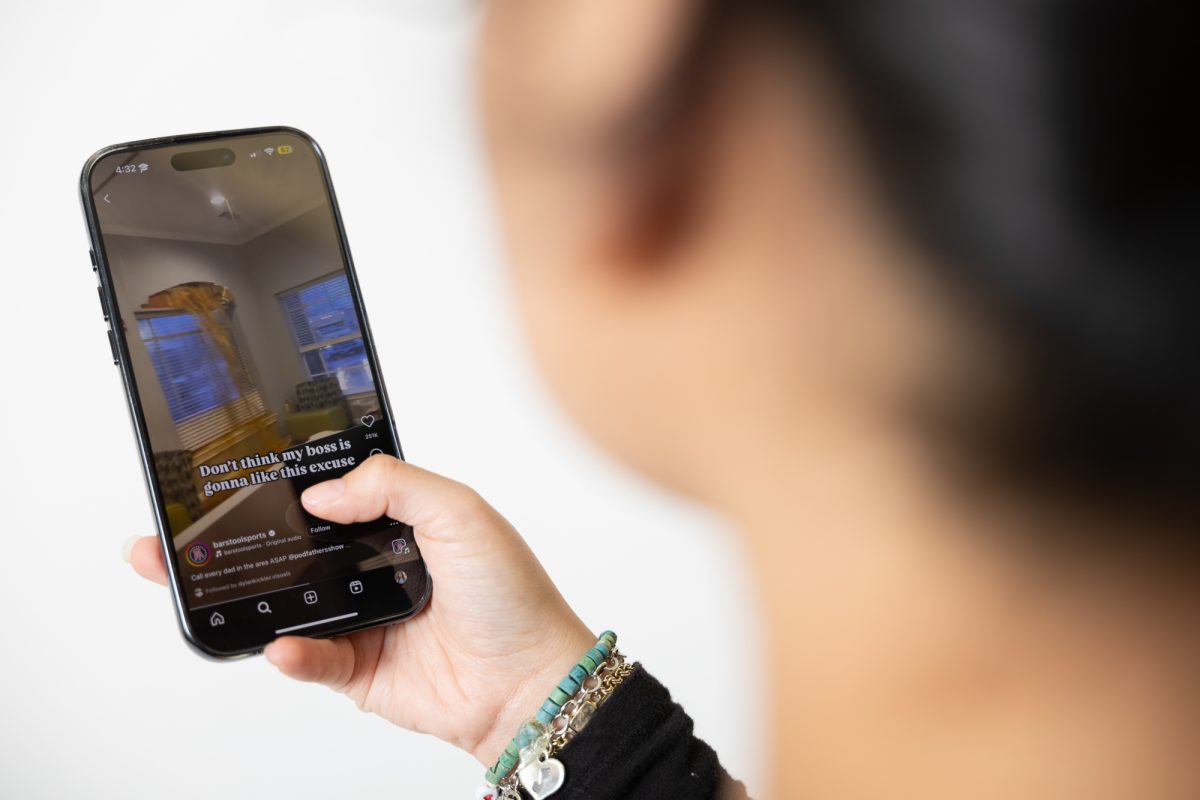“I heard George Floyd saying, ‘I can’t breathe, please get off of me, I can’t breath.’ He cried for his mom, he was in pain. It seemed like he knew it was over for him. He was terrified, he was suffering. This was a cry for help.” – Darnella Frazier
“I identified myself right away [as a first responder] because I noticed he needed medical attention … I tried to be assertive, I plead and was desperate.” – Genevieve Hansen
“I did call the police, on the police … because I believe I witnessed a murder.” – Donald Williams
This week, the much anticipated trial regarding the death of George Floyd began. It is, perhaps, the most important trial on the subject of police brutality and civil rights since the murder of Trayvon Martin.
Veteran police officer Derek Chauvin is the defendant and has pleaded not guilty to second-degree unintentional murder, second-degree manslaughter and third-degree murder. The defense has two main sticking points:
1. It’s what he was trained to do.
Chauvin’s defense attorney asserts that he did “exactly what he had been trained to do.” Just to be clear, the defense is implying that kneeling on a man’s neck for nearly nine minutes, while he calls for his mother and begs for his life, is what he had been trained to do. There are major issues with this line of reasoning.
First and foremost, this tactic of restraint is known as a “conscious neck restraint” and in theory is only supposed to be used when a suspect is being aggressive or resisting arrest. However, when Floyd was being pinned to the ground by the officer’s knee, not only was he unarmed, but he was also already in handcuffs. According to police experts, this hold is supposed to be released as soon as the person is handcuffed. In fact, The Department of Justice advises that as soon as the suspect is handcuffed they should be taken off of their stomach. The video proof of this incident clearly shows that is not what occurred.
Overall, neck restraints as a police tactic are dangerous and outdated; several major cities have banned the practice. There are also police and experts on the subject matter around the country who have condemned the draconian application. If you have a problem with this line of thinking, watch the video, if you haven’t already. In it, you will see Floyd crying for help as he takes his final breath with Chauvin’s knee pressed against his neck.
It should be noted that one of the officers felt for a pulse on Floyd’s neck after nearly seven minutes and did not feel anything. Nonetheless, Chauvin kept his knee pressed down for two more minutes before medical personnel arrived at the scene. This means Chauvin knew there was no pulse but still consciously chose to choke Floyd.
2. It was drugs that actually killed George Floyd.
The defense claims to have new evidence, claiming that Floyd was allegedly under the influence of drugs, and there are witnesses who saw him take two pills outside of a gas station.
But even if he were high, there is no reason to believe the drugs would have killed him. Floyd was conscious and responsive before the time of arrest. It’s not like when the officers approached him he was in cardiac arrest or experiencing any other serious, immediate health risk.
County health officials ruled the death as a homicide, and that’s what this is. Chauvin murdered Floyd, plain and simple.
The whole world is watching and anxiously waiting for the outcome of this trial, as it will set the tone for our country’s response to police brutality for years, maybe even decades, to come.
Where do we draw the line? When do we say enough is enough? Something must be done, and putting Chauvin behind bars should be just the beginning.
No matter what side of the political spectrum you are on, it must be realized the tragedy that is the murder of George Floyd must not go unpunished.
Charles McMillan put it best in his testimony: “I feel helpless.”
So do millions of Americans.
We have to do better. We must do better.
Sam Somogye is a political science senior and columnist for The Battalion.




